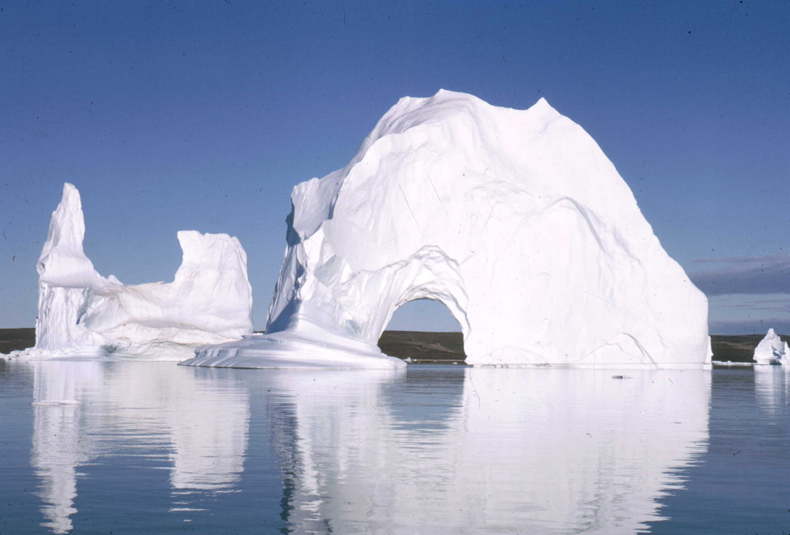POLAR AND TUNDRA Environmental Issues
| Advantages | Disadvantages |
|
|
AN ONLINE PLATFORM THAT PROVIDES EDUCATIONAL CONTENT,SYLLABUSES, STUDY NOTES/ MATERIALS ,PAST PAPERS, QUESTIONS & ANSWERS FOR THE STUDENTS,FORM I--VI ,RESITTERS,QT, ADULT LEARNERS, COLLEGE STUDENTS, PUPILS, TEACHERS, PARENTS,TEACHERS OF THE UNITED REPUBLIC OF TANZANIA AND WORLDWIDE.YOU ARE WELCOME TO SHARE YOUR KNOWLEDGE AND IDEAS.ENJOY MASATU BLOG.YOU CAN MAKE A DIFFERENCE.YOU CAN ACHIEVE EXCELLENCE. "LEARN.REVISE.DISCUSS".Anytime, Anywhere.
| Advantages | Disadvantages |
|
|
The plants growing in the tundra are often small and grow close to the ground:
Many plants have dark red leaves so they can absorb as much heat from the sun in the cold tundra climate as possible.
|
The polar regions are very cold because the Sun's rays are weakest at the North and South Pole.

Powerful, icy-cold winds blow throughout the year. Often the wind sweeps up powdery snow from the ground and swirls it around, causing cold blizzards. Very little new snow or rain falls as it is too cold for moisture to evaporate.
The wind chill can make the temperature appear even lower than it actually is. An actual temperature of -6oC, for example, would make it feel a bitterly cold -34oC when the effect of wind chill is added on. Temperatures as low as -50oC have even been recorded.
The ground in the Tundra regions around the edge of the Arctic stays frozen for nine months of the year. In
the summer months, only the surface thaws and deeper ground stays
frozen. This frozen layer is called permafrost. Melted snow cannot seep
through the permafrost so, in the summer, the surface of the tundra
lands becomes boggy. The landscape of the tundra is therefore a treeless plain covered with moss and some grass-like plants.
|
The Arctic and Antarctic circles are lines of latitude going around the Earth that mark the outer limit of the two polar regions. They are found at 66oN and 66oS of the Equator.
Inside these circles, the tilt of the Earth causes long summer - and short winter - days to occur. At the
poles themselves, six months of unending sunlight alternate with a
six-month period of darkness. Many places within the Arctic circle are
nicknamed 'the Land of Midnight Sun' because the sun hardly ever disappears and it can be daylight for nearly 24 hours in the summer.
The night skies in the polar regions can be filled with gently rolling coloured lights. In the Arctic they are called the Aurora Borealis and in Antarctica they are called the Australis. They are formed as solar winds hit the Earth's magnetic field and release light particles.
|